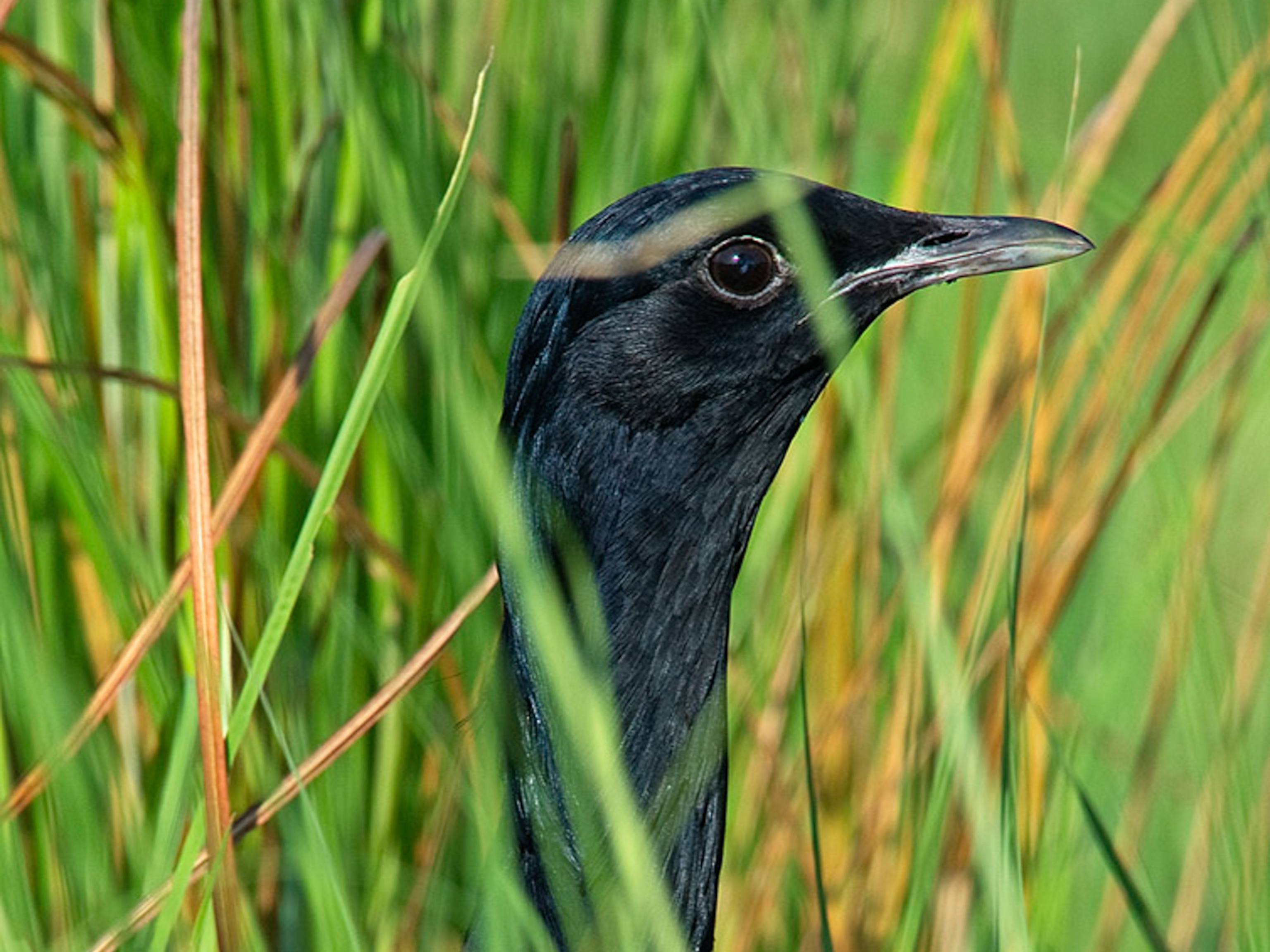
The Tracker: Martin Wikelski
Martin Wikelski is figuring out how animals move en masse so we can save them—and save us.
This year, behavioral ecologist Martin Wikelski followed cuckoos from Denmark to the Democratic Republic of the Congo; flew alongside ducks from Sweden and Germany; measured the heart rate of golden-collard manakins in Panama; took a motorcycle across the Alps to shadow songbirds; tracked mountain trangopans and blood pheasants in Bhutan; and—what may be most impressive—precisely measured a mass migration of bumblebees in Germany. He also tracked gulls from Russia to Tanzania, blackbirds from France to Spain, storks from Spain to the Sahel desert, and giant tortoises in the Galápagos. Wikelski is a man on the move. But then, so are his subjects. Wikelski tracks animal migrations, which were not—until recently—sufficiently studied or much understood. The impact of this research is astonishing. If we can begin to understand these mass movements, we can better predict weather patterns and natural disasters like earthquakes and tsunamis. We can also become better stewards of our wild spaces, protecting corridors so that these animals on the move can stay that way. Wikelski explains.
—By Ryan Bradley
IN MY OWN WORDS
By Martin Wikelski
“Oh, You’re Crazy.”
What I do is called wildlife telemetry. I attach very small radios to animals to find out how expensive migrations are, how much energy is consumed to get from here to there. When I tell people what I do—scientists included—they say “oh, you’re crazy, you can never get this done.” But we’re only beginning to realize the power of following small animals.
Night Moves
I was recently following Noctule bats in Poland. Bat migration is notoriously difficult to track. We were flying through what’s got to be the only old growth forest in Europe, in eastern Poland. We bought little bicycle lights for the runway and used a huge grass field about 15 miles from the Belarus border. The bats were flying fast—65-70 kilometers an hour—and I’m there with them, along the border, when all of a sudden I’ve got spotlights on me from the Belarussian Air Defence. I think they were nervous …
Airborne Scavenger Hunt
In Ghana, we were tracking flying foxes, which can help us trace and predict the spread of diseases like Ebola. These bats are huge—a wingspan of 80 centimeters—and the most numerous animal in Africa, after humans. There are a million flying foxes in Accra alone. But no one knows where they go half the year. So we rented Cessnas in Accra and just crisscrossed the country looking for bats.
- National Geographic Expeditions





